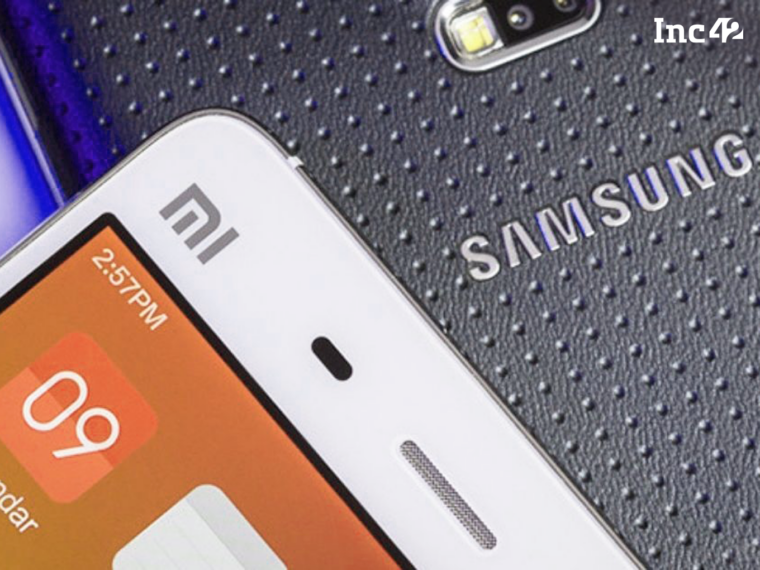
SUMMARY
The market seems to be gradually recovering due to improved customer confidence and introduction of new products
Samsung tops the chart with 7.9 Mn shipments, followed by Xiomi, vivo, realme and OPPO
India currently has 931 Mn+ smartphone users and this number is expected to reach 1.1 Bn+ by 2025
Samsung maintained its top position in Q3 2023 with a market share of 18% and a shipment of 7.9 Mn units, according to a research report by Canalys. Xiaomi advanced to the second position, shipping 7.6 Mn units, primarily fueled by the release of its affordable 5G models.
On the other hand, vivo dropped to the third spot, shipping 7.2 Mn units, while Realme and OPPO (excluding OnePlus) completed the top five by delivering 5.8 Mn and 4.4 Mn units, respectively.

An ET report in September this year highlighted that the Android smartphones have been facing a slump in global demand and are surpassed by iPhone. Apple has surged ahead of Samsung in smartphone exports from India, accounting for 49% of the country’s 12 Mn smartphone shipments in Q2 2023.
Also, sales of Apple’s iPhone crossed the 1.5 Mn units mark during the first week of Indian festive sales for the first time, as per the findings of Counterpoint Research.
However, according to Sanyam Chaurasia, Senior Analyst at Canalys, in Q3, smartphone brands strategically promoted their festive product lineup, emphasising budget-friendly 5G options.
Due to this strategy, the entry-level segment experienced a surge in demand as vendors introduced mass-market 5G models. For example, Xiaomi expanded its 5G portfolio by launching budget-friendly models like the Redmi 12 5G and POCO M6 Pro 5G. At the same time, Motorola, Infinix and Tecno also drove limited volume through their new affordable 5G devices.
On the other hand, the premium segment was driven by Samsung’s S23 series and older-generation Apple iPhones, such as the iPhone 14 and iPhone 13, being offered attractive deals during the festive sales. The market also witnessed the re-entry of HONOR via a strategic joint venture route with HTech and launched its HONOR 90 model.”
Amid current challenges, it is tough for vendors to preserve market share, manage inventory and maintain profitability simultaneously. For instance, OPPO has shifted focus and is launching higher-priced models to prioritise profit margins over volume, while Samsung has streamlined its portfolio across price bands.
Brands need to continuously assess their market presence amid external macro headwinds, local operational hurdles and volatile demand concerns.
“The growth in 2024 hinges on uncertain macroeconomic factors, particularly affecting the vulnerable entry-level segment. To maintain market share, vendors should prioritise reducing channel pressures and building a lean product portfolio. They should have ‘hero models’ in each price segment while maintaining balanced inventories across channels,” he added.
Samsung has one of its largest factories set up in Noida in 2018. It is capable of producing as many as 120 Mn units a year. The ‘Make in India’ initiative of the Indian government and multiple subsidies for local manufacturing has caught the attention of the global players. In 2019, the Ministry of Electronics and Information Technology (MeitY) had proposed incentives for local manufacturing in the country.
The smartphone market in India recorded 43.0 Mn shipments in Q3 2023, registering a year-on-year decline of 3% from 44.32 Mn in Q2 2022. However, in comparison to a 20% year-on-year decline in Q1 2023, the market is gradually recovering due to improved customer confidence, the introduction of new products as well as the ongoing sales with the festive season around the corner.
India currently has 931 Mn+ smartphone users, which is expected to reach 1.1 Bn+ by 2025, growing at a CAGR of 22%. According to research firm Statista, The smartphone penetration rate in India will reach close to 71% by 2023.


























